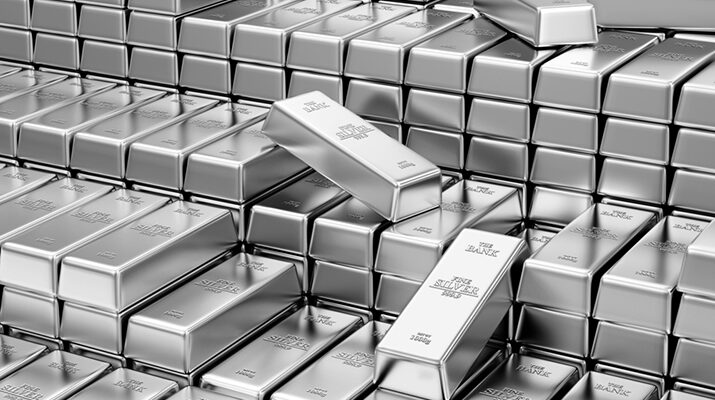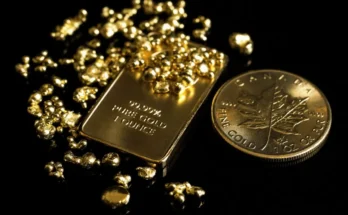Silver has long been valued as both a precious metal and a practical resource. Investors usually look to it for stability, affordability, and potential growth. But silver’s price doesn’t move at random. Several factors drive its market value, and understanding them helps buyers make more informed choices.
For those exploring Silver bullion for investment, knowing what shapes price trends is essential. From supply and demand to global economics, these factors determine when silver becomes more valuable and when prices may dip. Below are five key drivers that every investor should be aware of.
1. Supply and Demand Balance
The balance between silver supply and demand has a direct impact on its price. Silver is obtained from both mining and recycling, but annual production levels can fluctuate. When supply falls short of demand, prices tend to rise.
Demand comes from many industries. Jewelry, electronics, and the medical fields all rely on silver. Investors also play a role, especially during uncertain economic times. Monitoring supply reports and industry usage trends gives insight into future price movements. A shortage in mining output can create sharp spikes, reminding buyers of the fragility of the balance.
2. Global Economic Conditions
Silver prices frequently fluctuate in response to broader economic events. In times of financial uncertainty, investors view silver as a haven. Demand rises, pushing prices up.
When economies are strong, some investors shift toward riskier assets, which can lead to reduced silver demand. Inflation also plays a part. As currencies weaken, precious metals usually gain value. Understanding global conditions helps you decide when silver bullion purchases make sense. Watching major markets, such as the U.S., Europe, and Asia, can reveal early clues about silver’s direction.
3. Industrial Uses of Silver
Unlike gold, silver has widespread industrial applications. This makes it more sensitive to changes in technology and manufacturing demand.
Key Industrial Uses
- Electronics and solar panels
- Medical equipment and devices
- Batteries and energy storage
- Water purification systems
Growth in these industries increases demand for silver. For example, the rise of solar power has boosted silver consumption. Even small advances in technology can create large shifts in usage. Watching how industries evolve gives a clearer view of where silver prices may head.
4. Investor Behavior in Precious Metals
Investor sentiment can shift silver prices quickly. Many investors buy silver as protection against inflation or stock market drops. The more people view silver as a safe choice, the more demand drives prices upward.
Exchange-traded funds (ETFs) also influence demand. When large funds add silver to their holdings, it can move the market. Tracking investor behavior and trends in precious metals helps explain price changes. History shows that silver usually rises when public confidence in paper assets falls, making it a classic hedge.
5. Government Policies and Currency Strength
Government actions and currency shifts also shape silver prices. Stronger currencies can lower silver prices, while weaker ones usually push them higher.
Interest rate changes also affect demand. Higher rates may lead investors to move money into bonds, reducing demand for silver. Trade policies, mining regulations, and tariffs can also limit supply or increase costs. Keeping an eye on global policies ensures investors stay ahead of sudden changes. Political stability, or the lack of it, can also trigger quick moves in silver markets.
Silver bullion prices are influenced by just one factor. Supply and demand, economic conditions, industrial uses, investor behavior, and government policies all play a part. By paying attention to these drivers, anyone considering silver bullion for investment can make informed decisions. With knowledge and planning, silver transforms into a smart financial tool that safeguards wealth for the long term.




